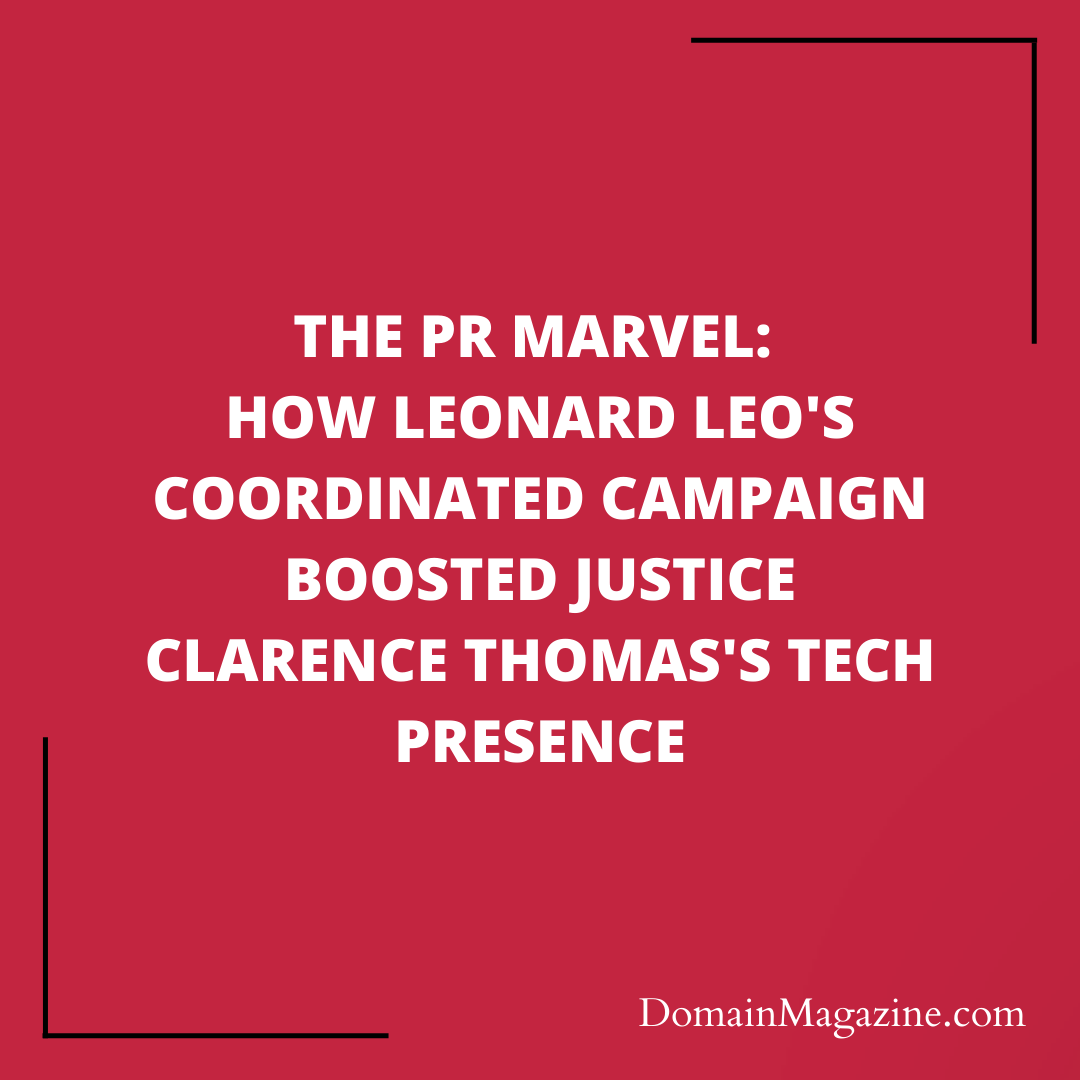Public relations (PR) has emerged as a potent tool for shaping public opinion and influencing perceptions. Recently, an examination revealed a sophisticated and coordinated PR campaign aimed at defending and celebrating the legacy of Supreme Court Justice Clarence Thomas. This extensive campaign spanned multiple years and involved a plethora of media outlets, websites, and social media accounts, all working together to promote Justice Thomas while questioning the credibility of Anita Hill’s sexual harassment allegations against him. The campaign was financed with at least $1.8 million from conservative nonprofit groups, directed by the prominent judicial activist Leonard Leo. In this article, we delve into the details of this influential PR campaign and its broader implications.

The Genesis of the Campaign
The backdrop for this PR campaign was the impending 25th anniversary of Clarence Thomas’s confirmation to the Supreme Court in 2016. This milestone renewed attention on both his accomplishments on the bench and the allegations of misconduct that almost derailed his nomination. In response, a star-studded HBO film titled “Confirmation” depicted Anita Hill’s sexual harassment accusations against Thomas, reigniting public debate surrounding the events of the past.
Leonard Leo, a prominent executive of the Federalist Society, well-known for advocating conservative justices, saw an opportunity to defend Thomas. Utilizing a network of closely related nonprofits under his sway, Leo financed a campaign to champion Thomas’s legacy and jurisprudence, showcasing his continued influence in support of right-leaning justices even after their appointment.
The Coordinated Effort
The campaign was multi-faceted, with opinion articles defending Thomas and criticizing the HBO film published in various news outlets. Mark Paoletta, a lawyer involved in Thomas’s confirmation and a key figure in the campaign, penned many of these articles. Moreover, websites promoting Thomas’s career and discrediting Anita Hill surfaced, and a Twitter account under the name “Justice Thomas Fan Account” emerged, generating content that praised the Justice.
The digital sphere played a significant role, with the creation of the film “Created Equal: Clarence Thomas in His Own Words.” Funded by conservative nonprofit groups and directed by filmmaker Michael Pack, the film featured exclusive interviews with Thomas and his wife, Virginia “Ginni” Thomas. Offering a counter-narrative to the HBO movie, the film staunchly denied Hill’s allegations and showcased Thomas’s journey from poverty in the Jim Crow South.
Leonard Leo’s Role
As the driving force behind the campaign, Leonard Leo’s involvement came under scrutiny. Leo, who had previously advised President Donald Trump on the selection of three justices, channeled substantial funds, arranged trips, and actively supported the campaign. His continued influence in supporting conservative justices even after their appointment highlighted his significant role in shaping public narratives around their legacies.

A Balanced Perspective
It is crucial to recognize that media outlets may present stories from their unique perspectives. As readers, it is essential to critically analyze various sources to gain a comprehensive understanding of any event or situation. While this examination highlights the conservative-funded PR campaign to defend Justice Clarence Thomas, it is important to note that similar PR activities may occur across the political spectrum.
Conclusion
The examination of the coordinated PR campaign to defend and celebrate Justice Clarence Thomas underscores the power of public relations in shaping public opinion and narratives. Leonard Leo’s influence in supporting conservative justices extends beyond their appointment to the Supreme Court, emphasizing the significance of PR efforts in shaping public perception. As readers, we must remain discerning, engaging with multiple sources to develop a well-rounded perspective on any given topic. The interplay between public relations, media, and political interests highlights the complexities involved in shaping public narratives in our society today.


Join the Discussion